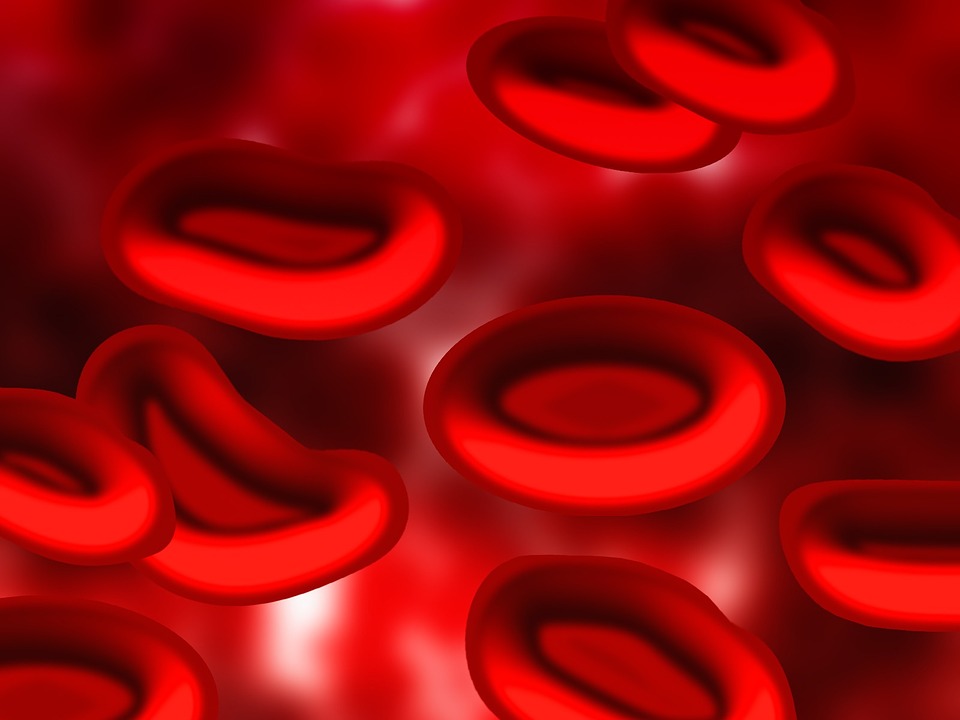A young French patient suffering from sickle cell anaemia – a severe hereditary form of chronic anaemia – has been “successfully”treated with gene therapy. The treatment was carried out in October 2014 at the Necker Children’s Hospital and Imagine Institute in Paris by Professor Marina Cavazzana’s team (AP-HP/Inserm/Paris Descartes University) in conjunction with Professor Philippe Leboulch (CEA France and Harvard University). Two and a half years later, the patient was “in total remission”. After spending one month in hospital following the transplant, the patient “is doing well and no longer needs monthly transfusions, analgesics or hospitalisation”. He now “attends school on a regular basis” and has resumed normal physical activities.
Sickle cell anaemia is a blood disorder caused by beta-globin gene mutation. The red blood cells of patients are deformed, obstructing minor blood vessels and triggering lesions in numerous organs. This disease affects over five million people world-wide including 16,000 in France. Gene therapy“is an alternative for patients who cannot have a bone marrow transplant because there is no compatible sibling donor”.
Gene therapy comprises several stages. The first involves the collection of blood stem cells (precursor cells of red and white cells and platelets) from the donor’s bone marrow. These cells are “corrected in the laboratory by inserting the gene medicinal product using a viral carrier”, LentiGlobin[1]. The patient then receives treatment (busulfan) to remove abnormal stem cells from the bone marrow. The corrected stem cells are then injected.
From the first attempts at gene therapy some ten years ago, progress has essentially focused on the “highly purified” viral carriers used. In the United States, “at least seven patients with sickle cell disease” have been treated with the same carrier, LentiGlobin.
The French results have been published in the New England Journal of Medicine.
[1] This is a viral carrier derived from deactivated HIV and carrying a corrective gene. It is produced on an industrial scale by the American Company, Bluebird bio, and is also used in the treatment of beta-thalassemia.
AFP, Brigitte Castelnau (1/03/2017)
Photo: Pixabay / DR

